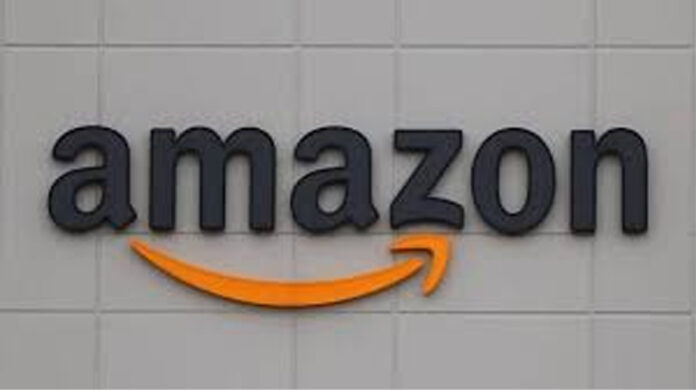This year, Amazon is facing a new wrinkle to the undulating path of Prime Day that takes place annually in July: the tariffs. President Donald Trump’s administration introduces new trade policies, which may raise the price of imports. Now, Amazon is one of the world’s biggest online retailers and is caught in the middle of a political and economic storm.
A tariff is a tax placed on imported goods. Hence, these taxes make prices higher when they go up. Electronics, apparel, and household goods in particular are imported, constituting many of the items that are sold on Amazon. Therefore, Amazon and its sellers have ended up paying for the transaction.
Amazon’s Reaction
Amazon considered an alternative response to the pressure. A person told Punchbowl News, and that I then confirmed with sources that Amazon will show the cost of tariffs alongside the currently listed price of some products. This would let shoppers see how much of the total adds up to tariffs.
The White House responded with strong reaction to this decision. It was ‘hostile and political,’ Press Secretary Karoline Leavitt said, and another reason ‘Americans should buy American.’ Shortly after, Amazon explained that this pricing display would only apply toward one of its cost-effective ‘Amazon Haul’ areas rather than the main Amazon website. However, questions were raised as to how retailers should convey rising costs to consumers.
Also read: SoFi Stock Watch: Q1 2025 Earnings Set for April 29
Impact on Prime Day
Amazon’s Prime Day is one of the giants. It helps sales during a slower period of time. In 2024, the event became a record when some 200 million items were sold by small and medium sized businesses. However, this year the situation may be different.
Already some sellers are quitting Prime Day. Some others intend to scale back on the number of discounted products as a result of tariffs adding costs. Many sellers can curb deals and dramatically reduce the spark on this year’s Prime Day for shoppers.
However, Amazon said that Prime Day would still return in July. Deals will be conducted in more than 35 categories like electronics, fashion, kitchen goods, and beauty products. Moreover, the sale will go global, and it will also go to new countries, including Ireland..
Pressure on Sellers
There are hundreds of thousands of sellers on Amazon’s marketplace, who buy their products from all over the world. These are the sellers most hurt by tariff. They lose profit, if they absorb the cost. They risk losing customers if they raise prices.
Some see Amazon’s effort to show sellers the costs of tariffs as also trying to support its sellers. In some cases, they may be able to demonstrate that it is the tariffs rather than the seller that adds most to the price.
Yet this strategies comes with a price. It could also bring more attention to political tension between Amazon and the U.S. government, which is an election year.
Looking Ahead
Amazon has concerns that are not limited to tariffs. Pressure from companies such as Walmart and Target competing with them, rising shipping costs, and labor issues put pressure on the company. However, in a time where tariffs affects the pricing, seller strategy and buyer behavior, the focus on tariffs is especially important.
Providing a peek into its tariff costs may well lead other companies to follow suit. This may also provide incentive for other sellers to search for American-made products or list their goods at different prices.
Conclusion
This is a complicated problem that Amazon is facing. When the cost to import goods is raised by tariffs, the company wants to remain a viable and honest option to consumers. The issue has already become a flashpoint in the broader debate over trade and inflation, and whether it moves forward by showing tariff costs on products.
Ahead of Prime Day, Amazon will need balance politics, public opinion and pricing. The event could determine not just which company makes the most money from this sales event, but the very shape of the conversation on internet retail and worldwide trade.








